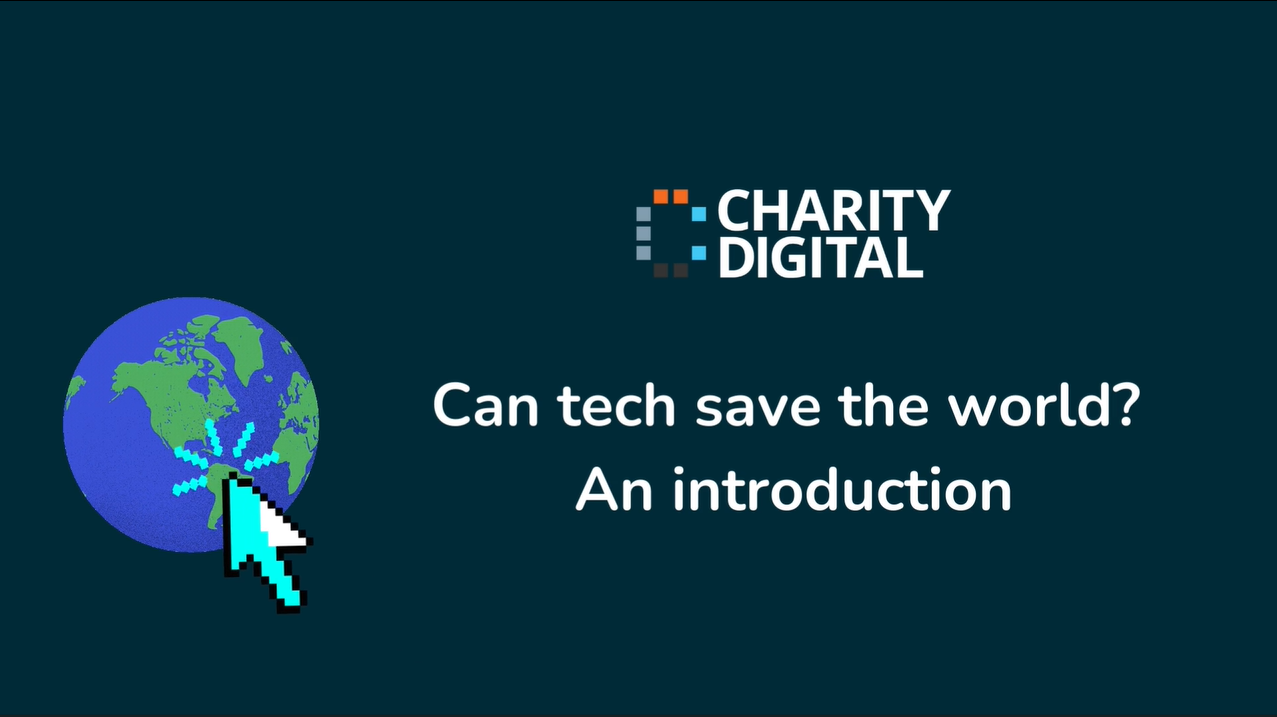Insights
INSIGHTS
All Topics
Greenpeace quizzes and other fun, digital ways of engaging supporters
10 Mar 2020by Christine Chiu
We take a look at how charities are using digital to have some fun and engage supporters in new ways.
A pioneer in environmental conservation and preservation efforts, Greenpeace has transformed how supporters engage and become a part of the cause. Founded in Canada, in 1971, the charity is most well-known for its direct actions – few can forget the navy boat it acquired or the protests against coal-burning plants and oil extraction. While still using direct action, Greenpeace and other charities have found new, innovative, ways of engaging supporters.
Greenpeace’s online knowledge quizzes
Greenpeace’s online quizzes on the Arctic and Antarctic poles has helped audiences engage. The testing questions press how well individuals can do on environmental facts – once complete the quiz has automatic ‘share’ buttons to post on Facebook. Two-fold, the quizzes also link directly to a petition supporting the creation of an ocean sanctuary in the Antarctic.
For charity digital leaders looking to stimulate audiences intellectually while asking supporters to take part, interactive online content can be a fun way to engage and motivate.
Furry ambassadors take online payments with Blue Cross
In an unconventional way to engage supporters with adorable charity beneficiaries, Blue Cross had Smudge, Maverick, Cherry, Ralph, and Rosie collect digital PayPal payments.
“With today’s increasingly “cashless” society, it made sense to introduce a contactless option to those wishing to give to Blue Cross. And who better to help us than some of the amazing events dogs that help to raise awareness and inform Britons about the work we do. These wonderful dogs really are the best ambassadors we could possibly ever hope for.”
The animal charity also posted YouTube videos and used the hashtag #patntap to make sure that the friendly animals were featured on social media.
Blue Cross’ innovative engagement strategy combined IRL canine ambassadors with online technology – interestingly, the strategy also encouraged transparency as supporters had direct contact with those they were helping.
VR apps give supporters a tour of charitable efforts
Engaging supporters through VR has been a huge success for Greenpeace. An early adopter of the tech for good, the app was launched in 2017. Virtual Explorer has 360-degree views of endangered forest areas in the Amazon and Artic.
“We all know that much of our planet’s remaining wilderness is under threat. But these places we never visit, and rarely even see”, said John Sauven, Greenpeace UK’s executive director.
In a clever move, the charity’s digital engagement app has been both a fundraiser and engagement tool. The VR app was offered to festival participants, with sign-up rates doubling. Then, over the holiday season in 2018, the charity packaged the VR app and headset, allowing gift-givers to purchase the kit for a minimum donation of £10. Greenpeace sold 1,750 kits.
Charity memes receive laughs and donations
Social media is awash with viral memes, with many larger corporate brands enjoying increased engagement, presence, and attention. Charity digital leaders don’t need to be left out. Charity digital leaders who aren’t afraid of cracking a joke can create memes to engage supporters.
“If a fraction of those who have seen my goofy face donated to MS research, I have a feeling we could kick this thing in no time!” said Drew Scanlon.
His face has been the subject of the ‘blinking meme guy’, an online gif featuring an exaggerated blink on Twitter. Raising funds for the National Multiple Sclerosis Society by going for a bike ride, he cycled 120 miles in California raising over $30,000 for charity.
For marketing and communications teams thinking of creating memes, imagery is as important as text – Drew’s meme did not have any text at all.
Gathering data and sharing insight
Online calculators can help charity digital leaders collect data, share results with individuals, and spread the cause on social media. For supporters, online calculators can help people assess impact and improve.
Greenpeace’s plastic carbon footprint encourages users to answer a short survey on shopping habits and consumption of certain plastics. Using a ‘shock’ tactic, the calculator shows the number of plastic items supporters are potentially consuming annually before the results are shown. At the bottom of the results are options to donate, helping the environmental charity link personal impact with the solution.
World Land Trust also uses a similar online digital tool. Using separate calculators for flights, transportation, household usage, and a fixed use element, the charity helps businesses and charities measure carbon impact. Empowering users to take control of their carbon footprint, the charity estimates the cost of each carbon footprint entry as a measure of carbon offsetting.
Christine Chiu
More on this topic
Recommended Products
Related Videos
Our Events
Charity Digital Academy
Our courses aim, in just three hours, to enhance soft skills and hard skills, boost your knowledge of finance and artificial intelligence, and supercharge your digital capabilities. Check out some of the incredible options by clicking here.


















